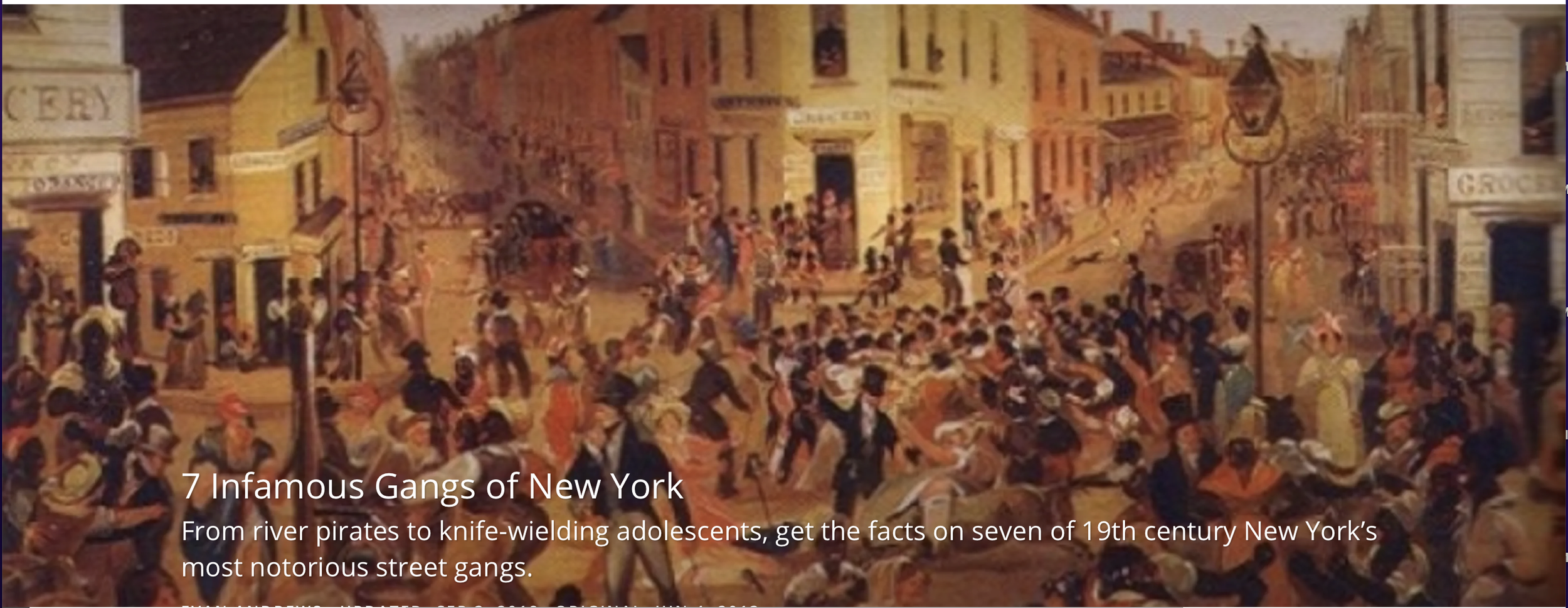Yet another study showing the same thing
/Barry Latzer*
Poverty and crime do not necessarily go hand in hand
Many analysts, along with the general public, believe that poverty is a major, if not the major, cause of crime. But a new study from a Columbia University research group should remind us of something that history has consistently shown: that the relationship between poverty and crime is far from predictable or consistent. The Columbia study revealed the startling news that nearly one-quarter (23 percent) of New York City’s Asian population was impoverished, a proportion exceeding that of the city’s black population (19 percent). This was surprising, given the widespread perception that Asians are among the nation’s more affluent social groups. But the study contains an even more startling aspect: in New York City, Asians’ relatively high poverty rate is accompanied by exceptionally low crime rates. This undercuts the common belief that poverty and crime go hand in hand.
Asians had consistently low arrest rates for violent crime—usually lower than their proportion of the population, lower than those of blacks and Hispanics, and in one category (assault), even lower than that of whites, who, as a group, are far less often impoverished.
Using NYPD data, I calculated the arrest rates for violent crimes of each social group, accounting for the population size of each.
At 1.2 per 100,000, Asian murder arrest rates were nearly one-ninth of black rates. If poverty were the principal cause of crime, we would expect Asian rates to be as high, if not higher, than those of blacks. That the Asian rates are relatively low illustrates what I call the “crime/adversity mismatch,” a recurring phenomenon. As I observe in my history of crime: “Throughout American history, different social groups have engaged in different amounts of violent crime, and no consistent relationship between the extent of a group’s socioeconomic disadvantage and its level of violence is evident.”
When it comes to violent crime—murder, assault, robbery, and the like—history tells a complicated story. In the late nineteenth and early twentieth centuries, impoverished Jewish, Polish, and German immigrants had relatively low crime rates, while disadvantaged Italian, Mexican, and Irish entrants committed violent crime at high rates. This crime/adversity mismatch also seems to be a global phenomenon. In Great Britain, for instance, a criminologist observed that “all of the minority groups with elevated rates of crime or incarceration are socially and economically disadvantaged, but some disadvantaged ethnic minority groups do not have elevated rates of offending.” There, too, it was the case that Asians were more disadvantaged than blacks, but the latter had much higher offending rates.
Why is it that poverty is not consistently related to crime? A major reason is that crimes of violence are usually motivated by quarrels, personal grudges, perceived insults, and similar interpersonal conflicts, not by economic necessity. Consequently, a decline in one’s financial condition is not likely to cause violent criminal behavior. This explains why an economic recession or depression does not invariably produce a crime spike. In the second half of the 1930s, for instance, violent crime declined, even though the country experienced some of the worst years of the Great Depression. Likewise, during the Great Recession of 2007–2009, when the economy tanked, crime fell.
….
As we saw with Irish and Italian immigration to the United States—and will someday see with America’s black and Latino populations—movement up the social ladder to the middle class is associated with sharp declines in violent crime. The reasons for this are easily appreciated. The middle-class person has everything to lose, and little to gain, from interpersonal violence: personal injury, loss of status, and criminal justice sanctions. Plus, the civil legal system provides effective alternatives for dispute resolution that middle-class individuals can afford.
Now we can better understand why so many offenders are in the low-income bracket. It isn’t that poverty causes crime, but rather that more affluent people avoid violent conflict, in effect, ceding the field to the poor.
Both Left and Right agree, correctly, that the movement of minorities into the middle class will reduce crime. They disagree, however, about the best way to get there. That’s a subject for another discussion.
•Barry Latzer is Emeritus Professor of Criminal Justice at John Jay College of Criminal Justice, CUNY. His book, The Rise and Fall of Violent Crime in America, has just been published by Encounter Books.


